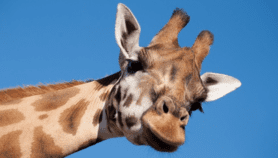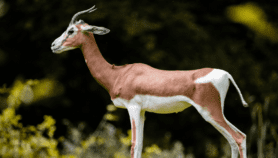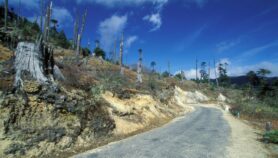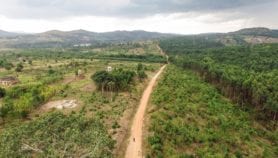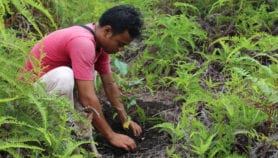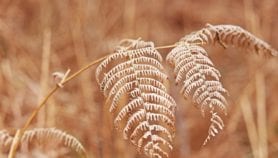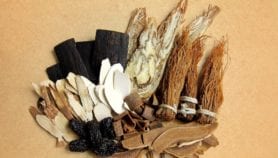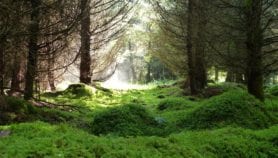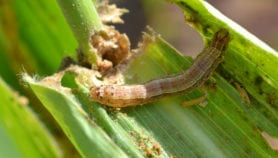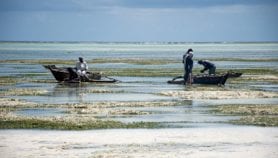By: Verenardo Meeme
Send to a friend
The details you provide on this page will not be used to send unsolicited email, and will not be sold to a 3rd party. See privacy policy.
In this video, scientists explain the dangers of Opuntia stricta — an invasive cactus weed — covering large tracts of land in Kenya’s semi-arid Laikipia County, making lives of people, domestic animals as well as wildlife miserable, and efforts in place to tame its spread and adverse impacts.
O. stricta, a native plant of South America, was introduced in Kenya as ornamental plant but has since invaded community lands, according to Arne Witt, regional coordinator for invasive species at the Center for Agriculture and Biosciences International (CABI)
In Laikipia, about 253 Kilometres to the north of Nairobi, Kenya’s capital city, it is dominating thousands of hectares of land given its fast propagating nature, reducing agricultural farmlands, wildlife areas and ranches. It is causing serious socioeconomic and health challenges.
But scientists are now using a bio-control method in the area to destroy the weed and have introduced a sap-sucking bug called Dactylopius opuntiae, commonly known as cochineal, imported from South Africa where it is being used to control the cactus weed in Kruger National Park.
“If we do not manage Opuntia stricta, we will lose millions of dollars in range land production and livestock production in Kenya.”
Kimani Kuria, Ol Jogi Game Reserve
Bio-control is restoring the natural balance and curbing its further spread, Witt explains. Cochineal that specifically feeds on the cactus has been subjected to laboratory process to ensure no non-target impacts, especially other plants.
Since the introduction of cochineal in Laikipia areas of II Polei, Naibunga and Dol Dol, infected plants have virtually stopped producing fruit, inhibiting further spread of this noxious weed, more so where communities have embraced use of cochineal, according to Witt.
O. stricta cannot be suppressed through chemical and mechanical control because of associated costs. The spread of the cactus in Laikipia, Witt explains, is fuelled by the fact that it adapts well to semi-arid regions.
Witt says bio-control is a long-term, sustainable and effective way of controlling widespread invasive species in Africa. “Embracing bio-control in Africa, according to him, not only for controlling invasive plants but also for controlling crop pests is crucial as pests become resistant to chemicals overtime. Over 200 weeds species [are] resistant to herbicides, 500 weed species are resistant to chemicals.”
A survey, according to Witt, showed that O. stricta is getting worse but he is optimistic in four to five years ahead, cochineal will get established in the fields.
Invasive species is a growing concern in Kenya and Witt says 50 per cent of such plants are introduced intentionally into the country for ornamental or agro-forestry purposes.
“Invasive species [are] foreign species brought from somewhere else as a result of human activities, established in a new environment and its proliferation starts to have a negative impact on diversity, crop production and animal health,’’ Witt says.
He adds, “We need a strict surveillance in place such that any new invasive can be detected very early and eradicated.”
When abandoned baby elephants are rescued, he explains, we discover that their tongues are septic and they cannot feed well. O. stricta damage can also be noticed on their mouths.
Kuria says this is also seen in livestock in neighbouring communities because majority depend on livestock production. “If we do not manage Opuntia stricta, we will lose millions of dollars in range land production and livestock production in Kenya.’’
The cactus, Kuria further explains, has waxy layer on the leaves, making application of chemical or other methods to require high concentration of chemical and posing threat to non-target organisms.
This multimedia piece is part of a series on invasive species supported by CABI
This piece was produced by SciDev.Net’s Sub-Saharan Africa English desk.


